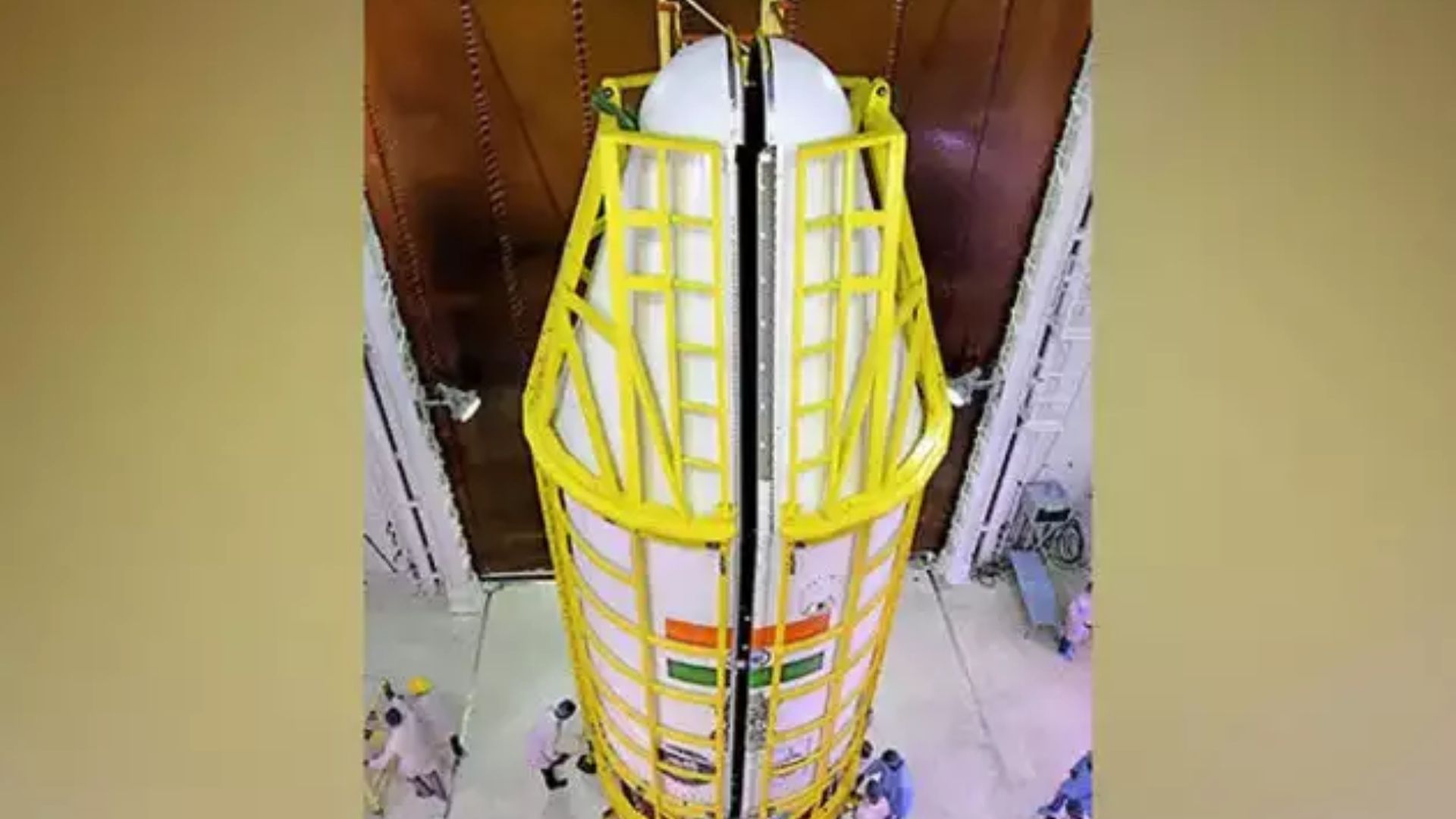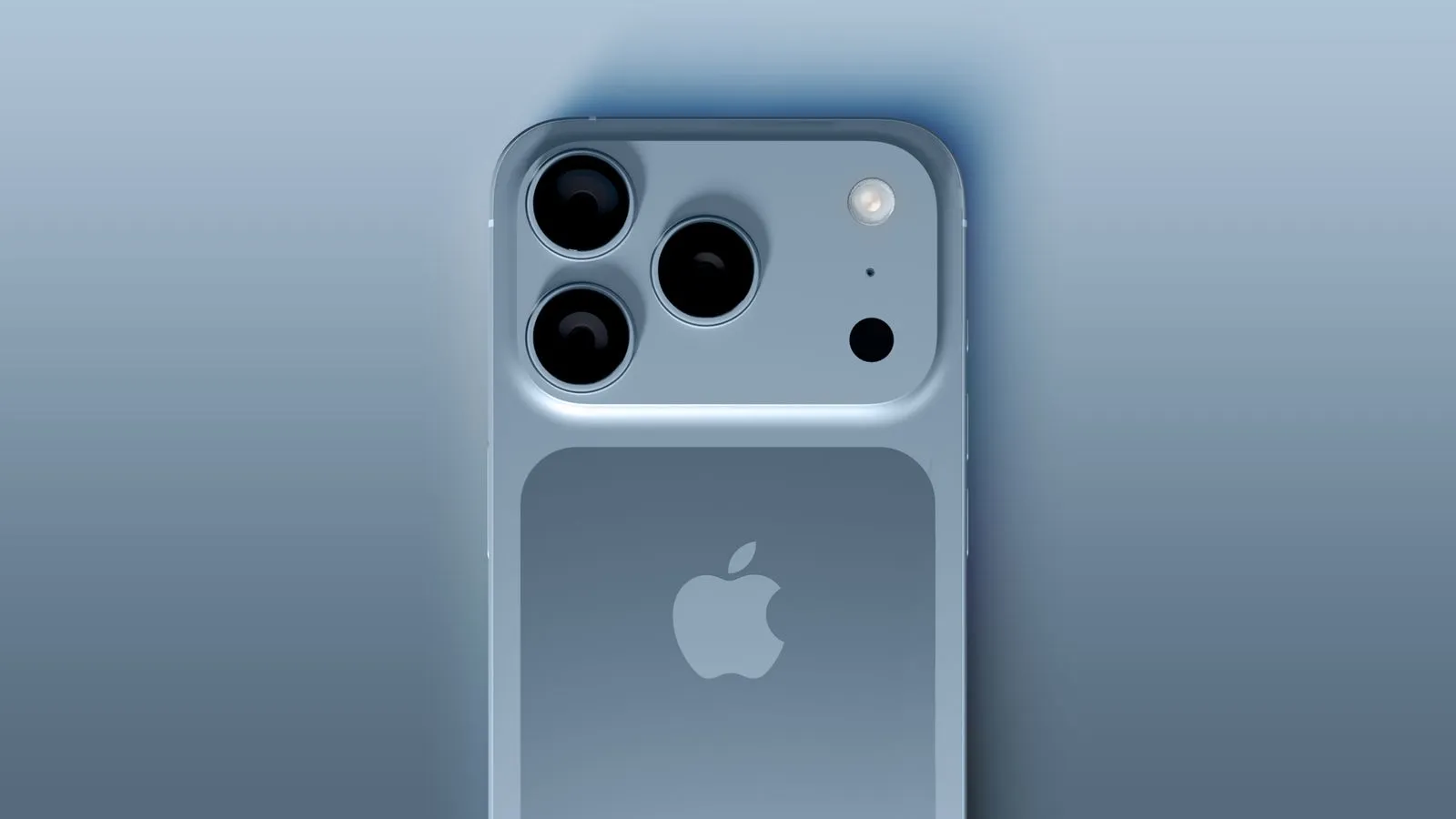The Indian Space Research Organisation (ISRO) has successfully launched its year-end mission, the Space Docking Experiment (SpaDeX), from the Satish Dhawan Space Centre (SDSC) SHAR in Sriharikota. This significant mission, carried out using the PSLV-C60 rocket, marks a crucial step in advancing space exploration technology.
Mission Overview: Developing Precision Docking Technology
The primary goal of the SpaDeX mission is to test and refine the technology needed for the rendezvous, docking, and undocking of two small spacecraft in a low-Earth orbit. The spacecraft—SDX01 (the Chaser) and SDX02 (the Target)—will demonstrate the fine precision required to safely dock small spacecraft in space.
Why SpaDeX Matters: Precision and Future Lunar Missions
ISRO notes that the small size and mass of the spacecraft present a unique challenge, as their docking requires even greater accuracy compared to larger spacecraft. This cutting-edge technology is crucial for future space missions, particularly autonomous docking for lunar missions like Chandrayaan-4. One of the highlights of the SpaDeX mission is that it will test these docking procedures without relying on GNSS (Global Navigation Satellite System) support from Earth, setting the stage for more independent operations in deep space.
SpaDeX: A Key Step in India’s Space Ambitions
With this mission, ISRO is laying the foundation for future lunar and interplanetary missions, where precise docking and undocking capabilities will be essential. The success of SpaDeX will help ensure that India stays at the forefront of space exploration, making way for a new era of autonomous space operations.























